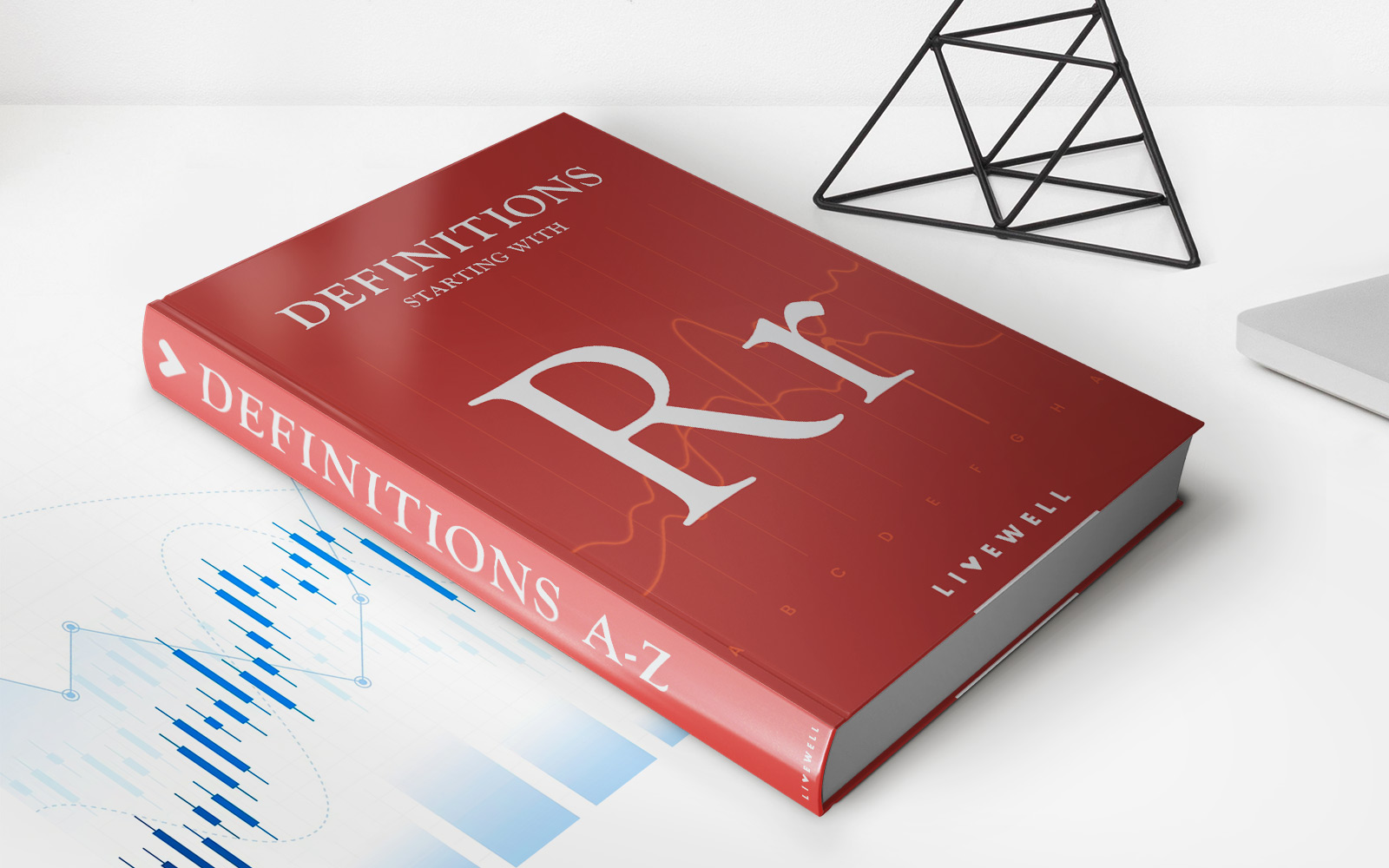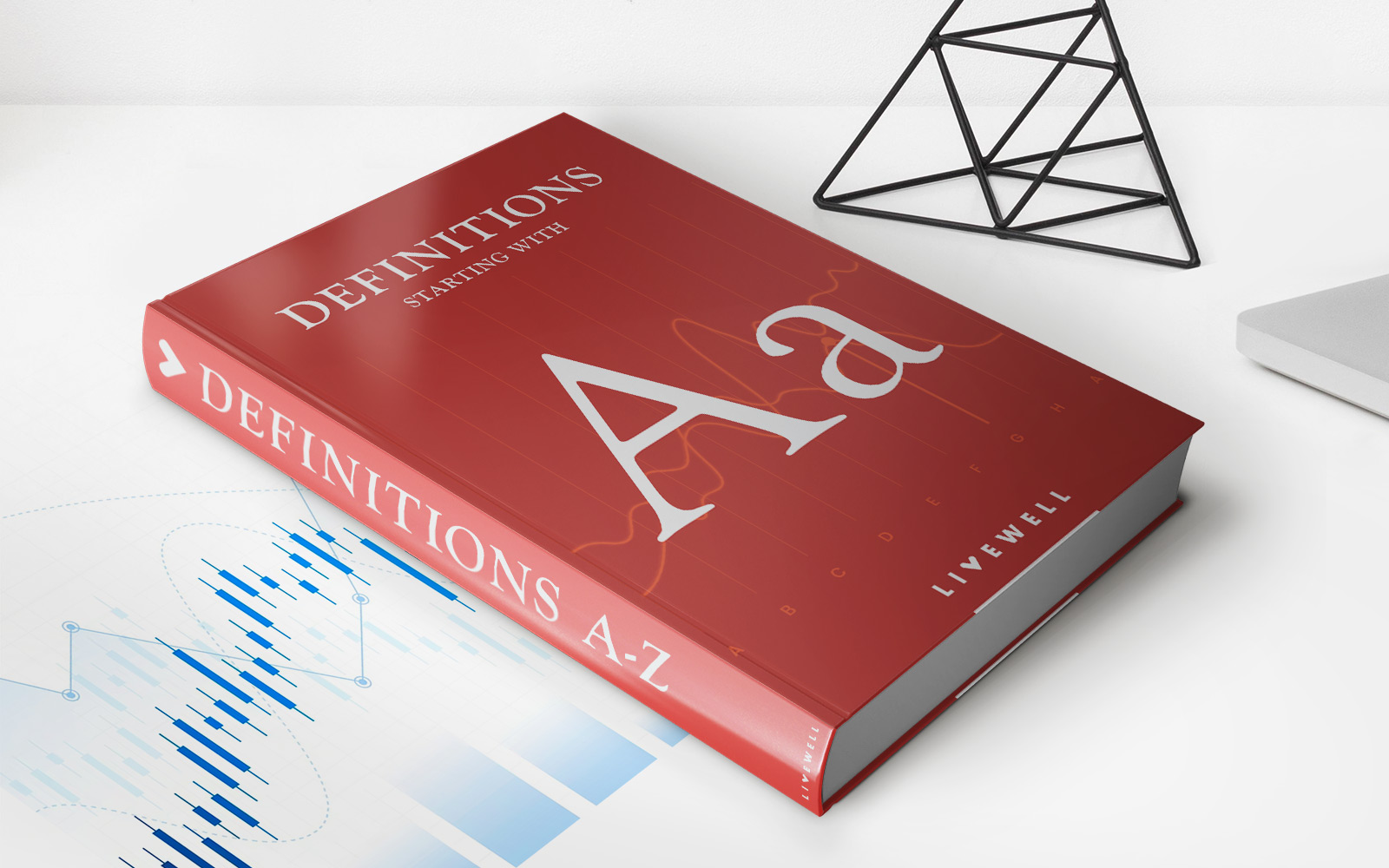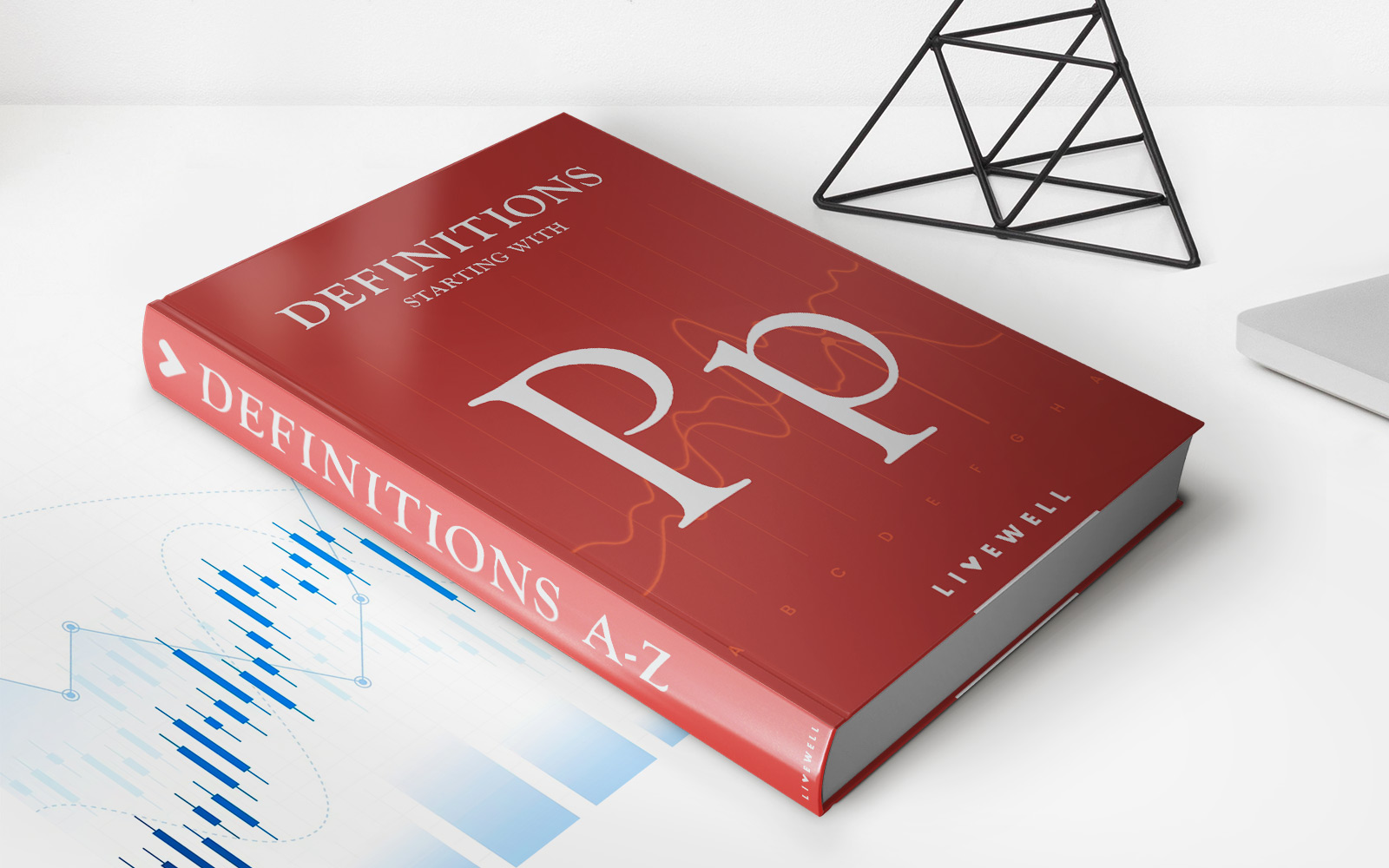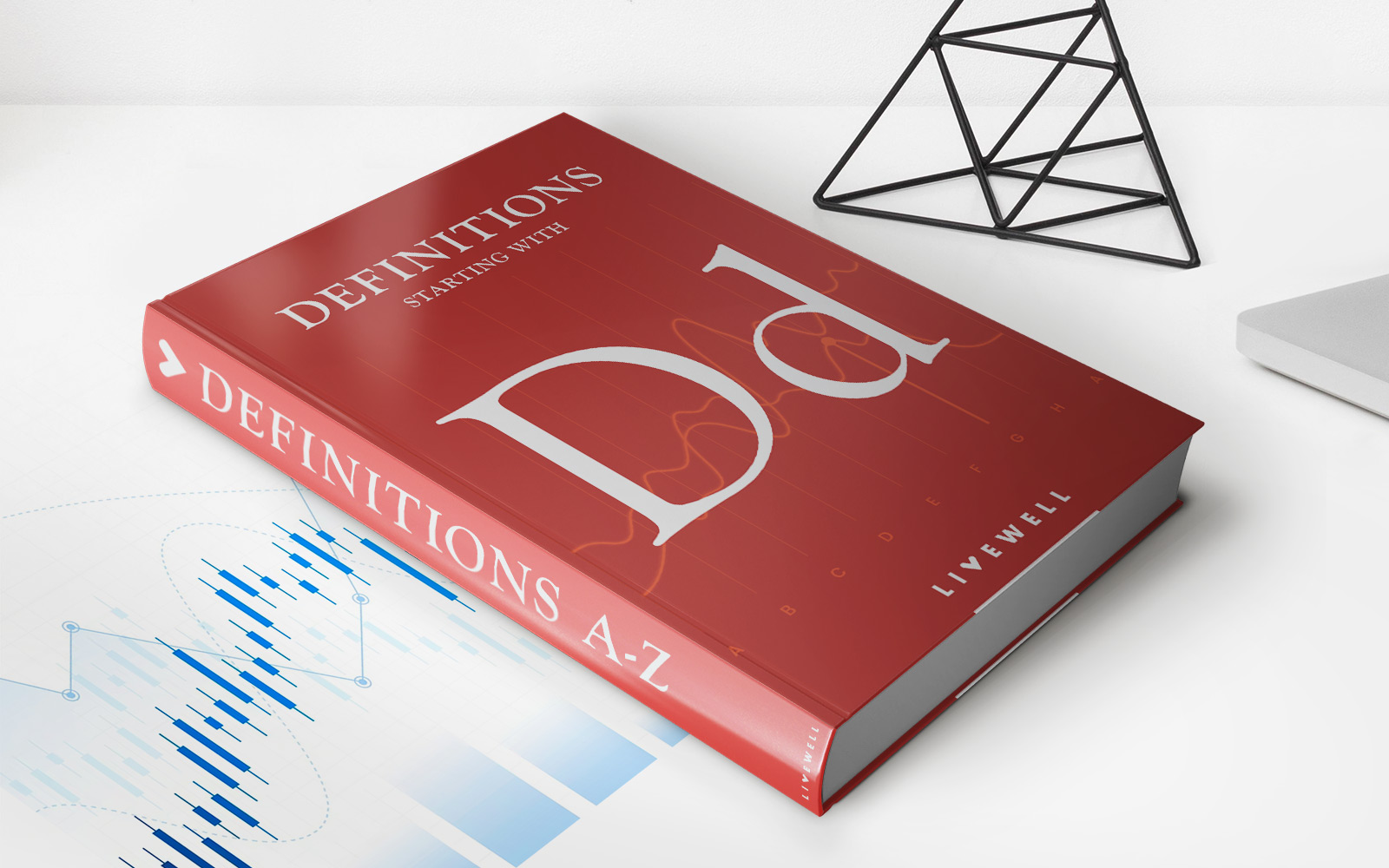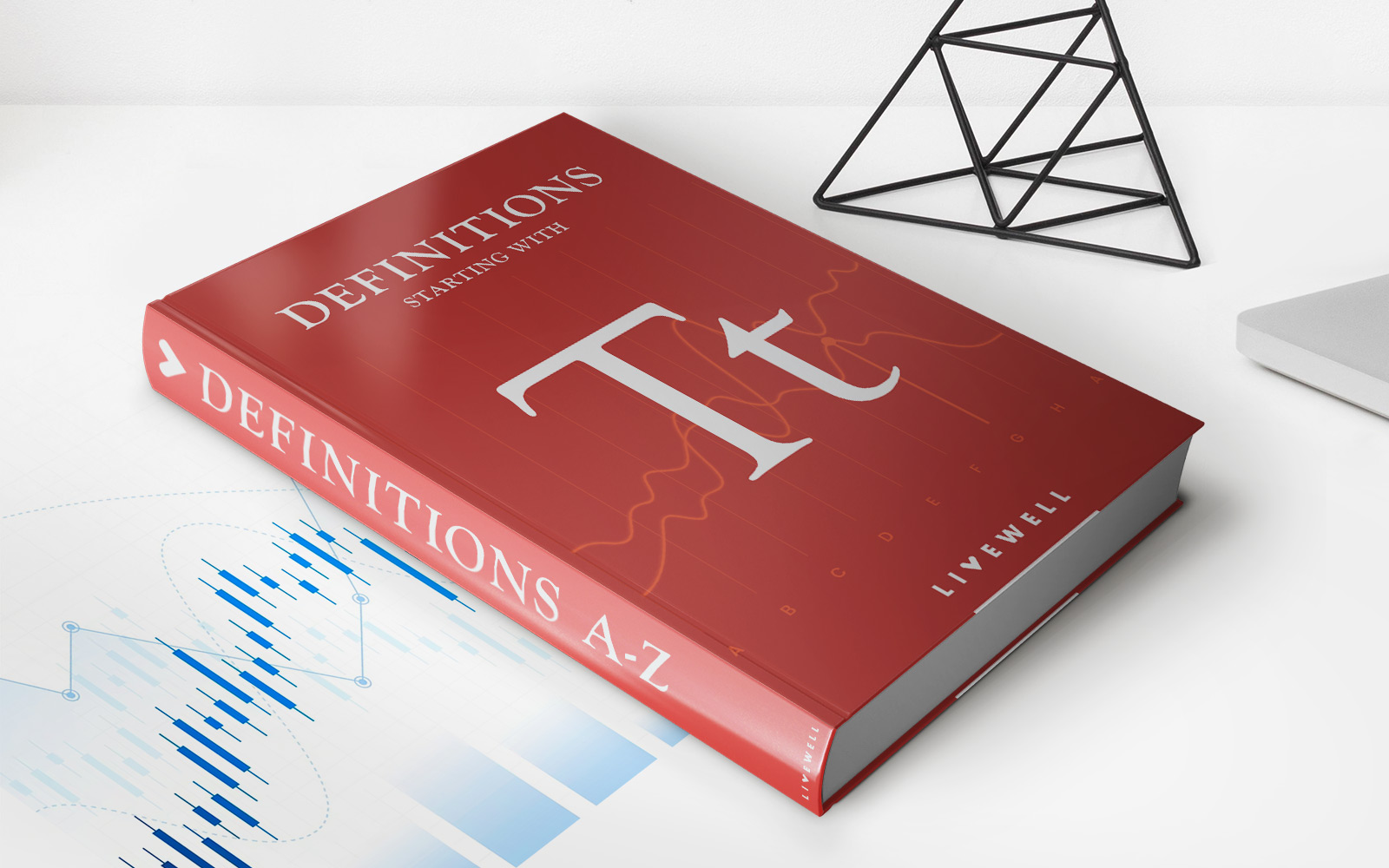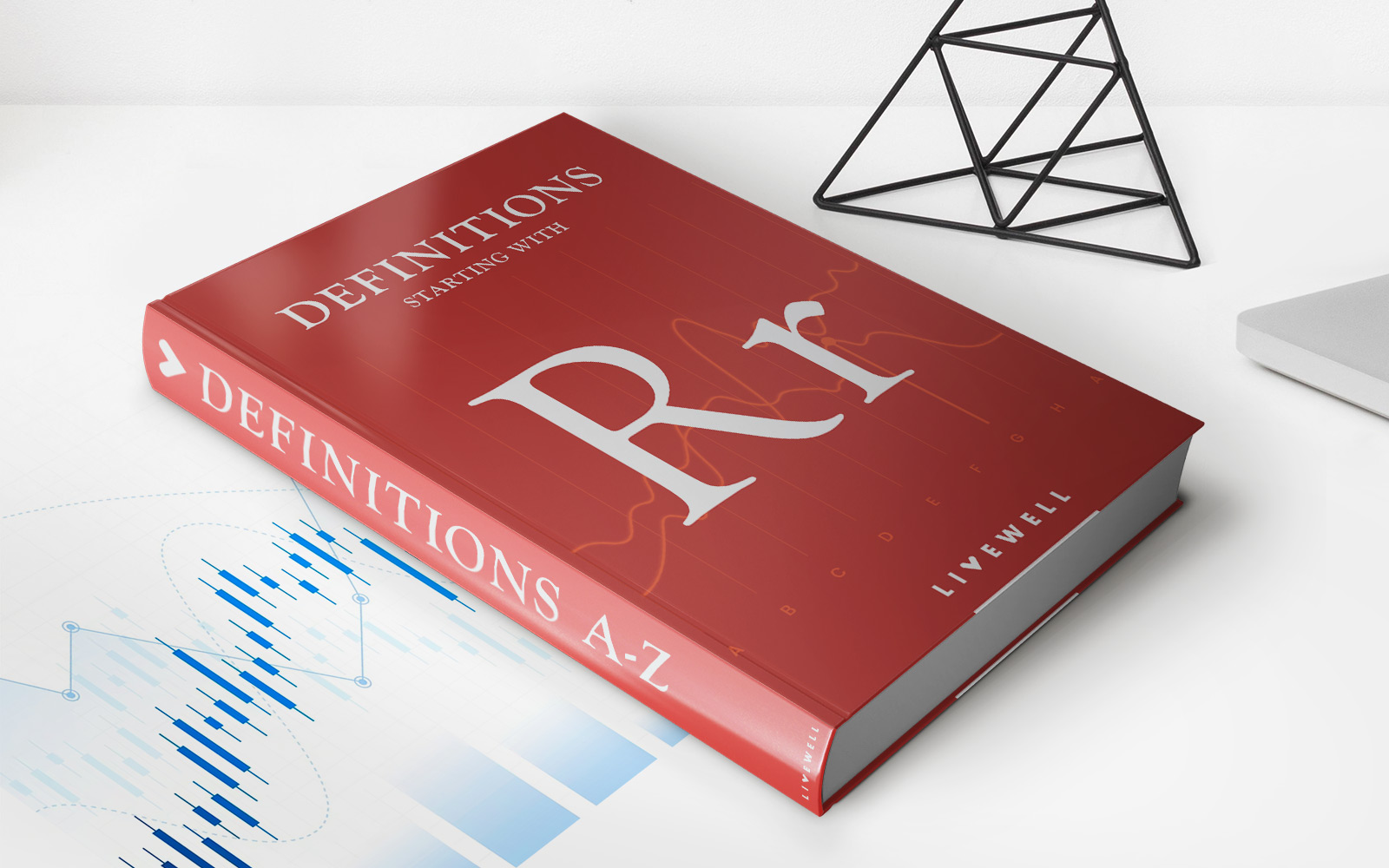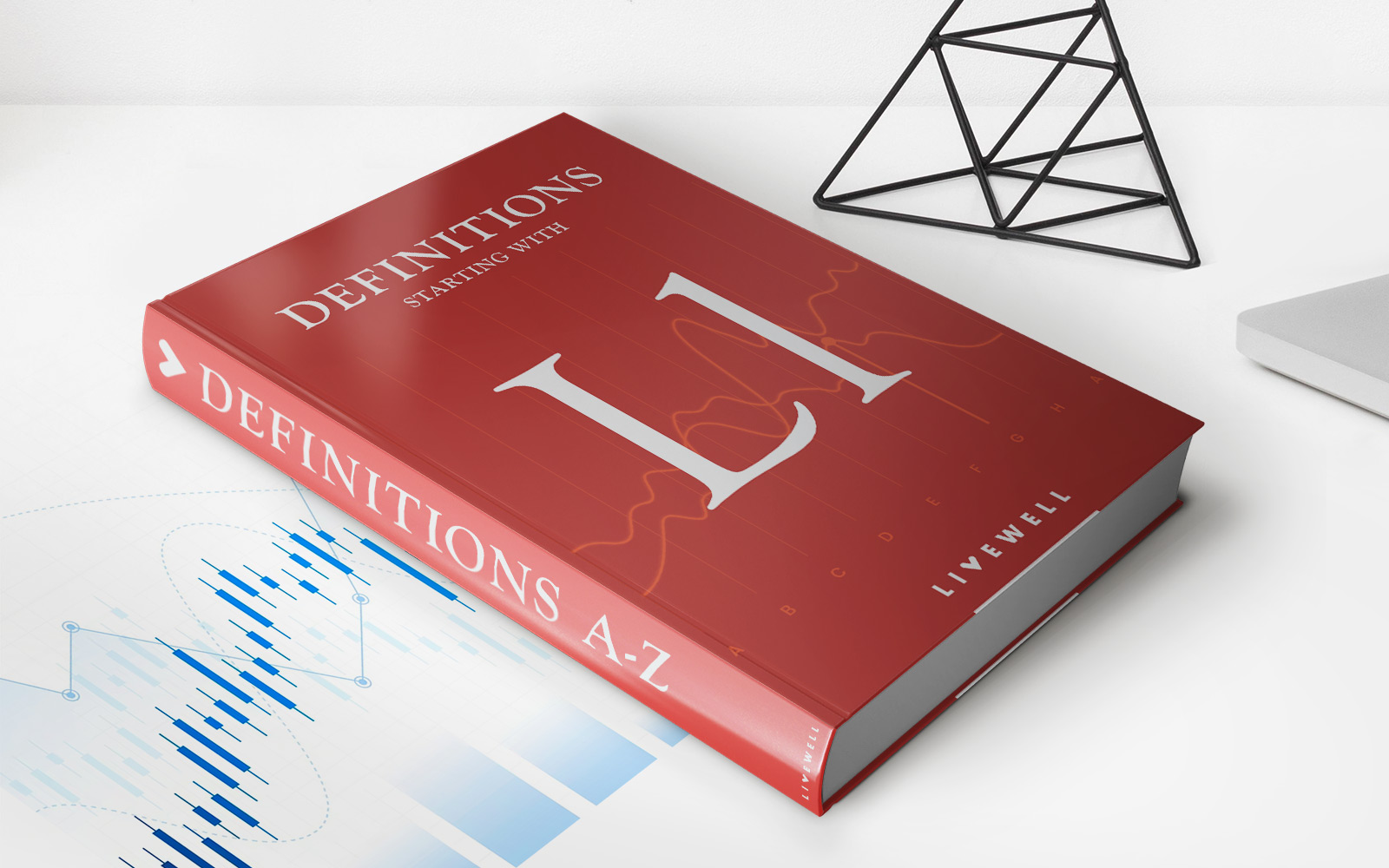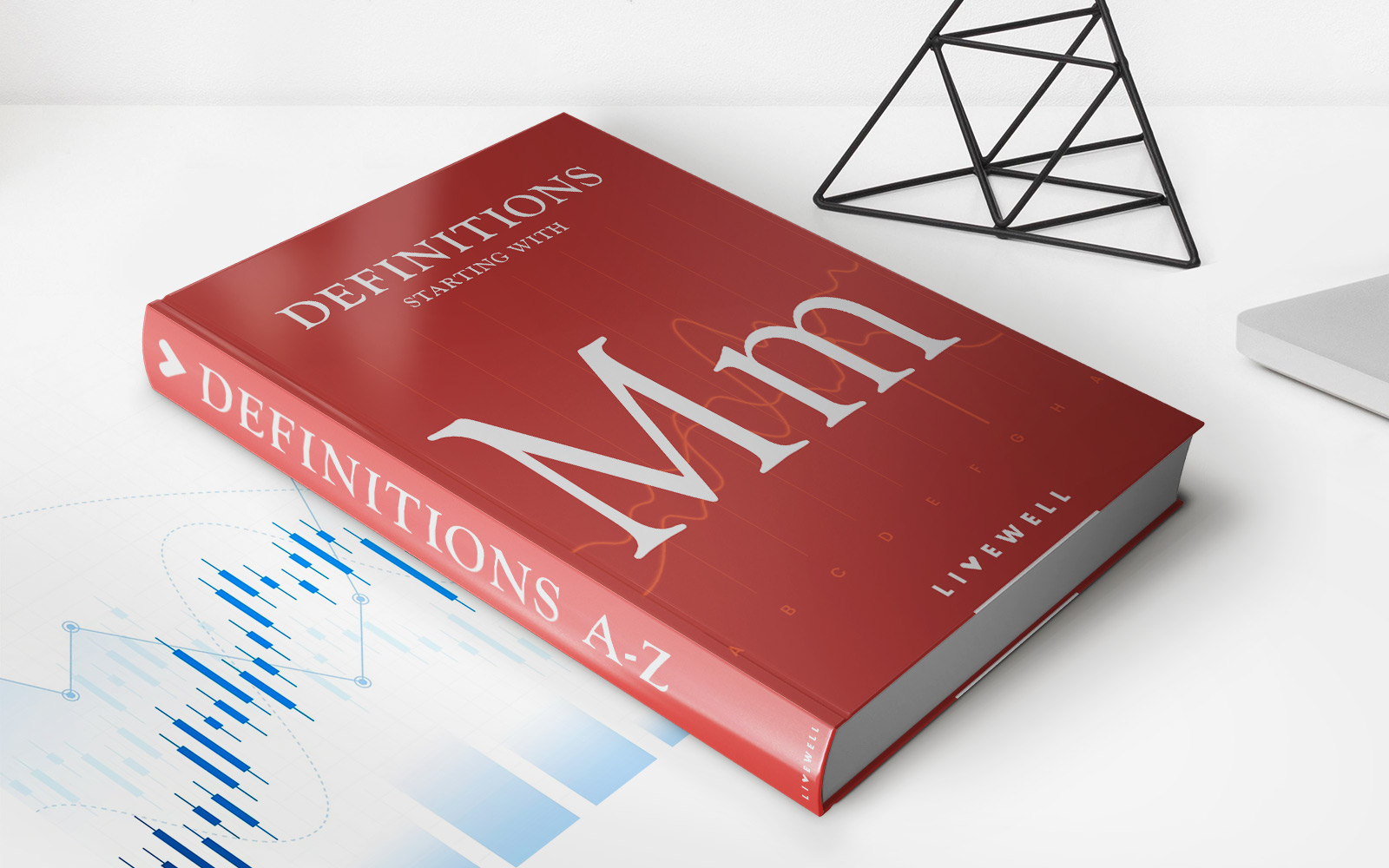Home>Finance>Excess Of Loss Reinsurance Definition And How It Works
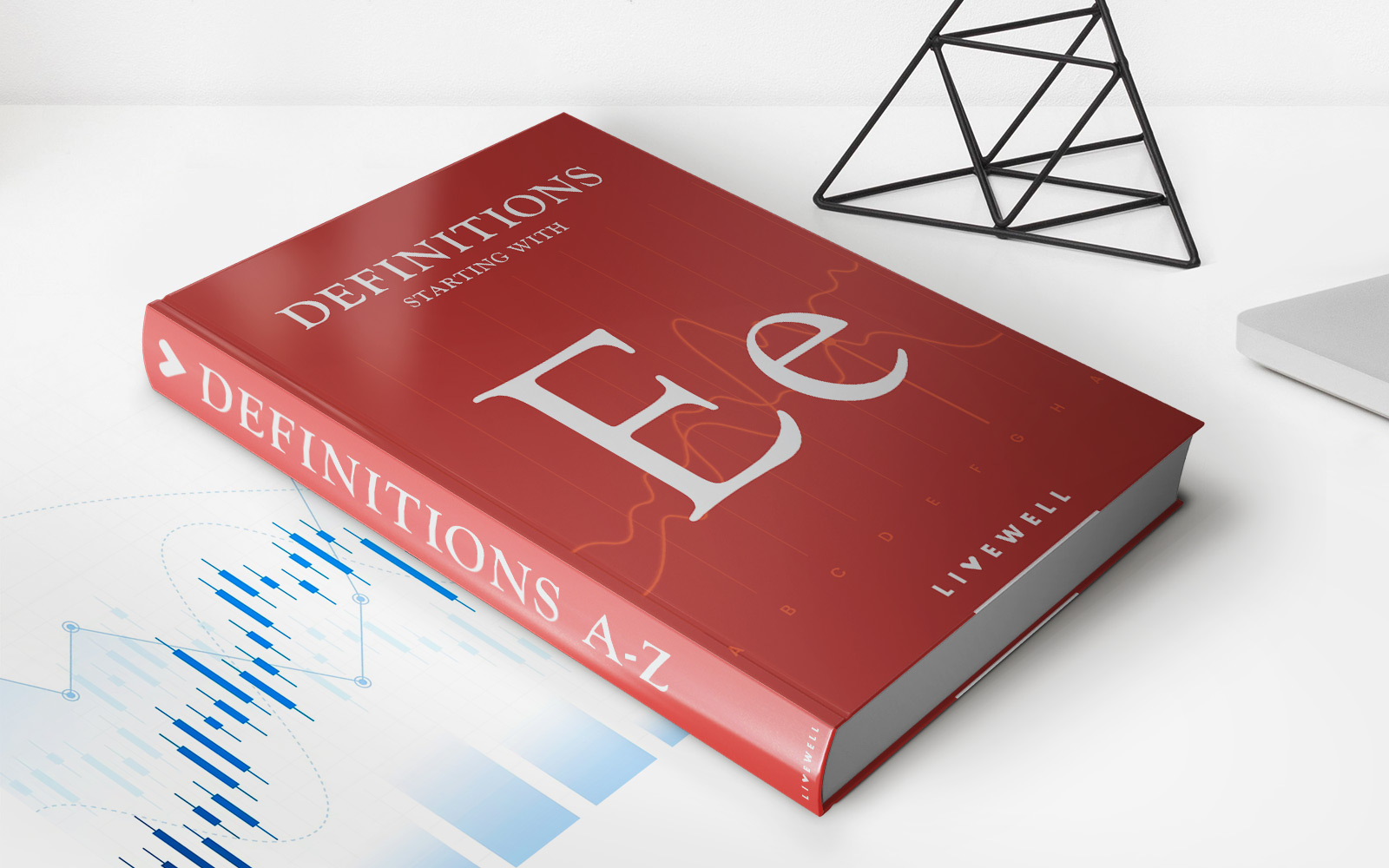

Finance
Excess Of Loss Reinsurance Definition And How It Works
Published: November 20, 2023
Learn the definition and workings of excess of loss reinsurance in the finance industry. Understand how this strategy helps manage risk effectively.
(Many of the links in this article redirect to a specific reviewed product. Your purchase of these products through affiliate links helps to generate commission for LiveWell, at no extra cost. Learn more)
Excess of Loss Reinsurance Definition and How It Works
Insurance is a crucial element in managing risk and protecting businesses from losses. However, sometimes, the magnitude of risks faced by an insurance company can surpass its capacity to bear. That’s where reinsurance comes into play, providing a safety net for insurers. And among the various types of reinsurance, one that stands out is excess of loss reinsurance. In this blog post, we will delve into the definition and workings of excess of loss reinsurance, shedding light on its importance in the insurance industry.
Key Takeaways:
- Excess of loss reinsurance is a type of reinsurance that protects insurers from large and catastrophic losses.
- This type of reinsurance kicks in when the losses exceed a predetermined limit, which is known as the retention.
Understanding Excess of Loss Reinsurance
Excess of loss reinsurance is a risk management tool used by insurance companies to safeguard themselves against significant losses. It specifically targets catastrophic events or losses that surpass a specified threshold, known as the retention. When the insurer’s losses exceed this retention limit, the excess of loss reinsurance coverage comes into effect, allowing the insurer to transfer the additional losses to a reinsurer.
Let’s break down how excess of loss reinsurance works:
- Retention: The insurer sets a retention level, which represents the maximum amount of risk it is willing to bear without seeking reinsurance coverage.
- Layering: Insurance companies usually purchase excess of loss reinsurance in layers, with each layer providing coverage for a specific range of losses. The first layer, known as the primary layer, covers losses up to the retention level. Beyond that, additional layers, called facultative or treaty reinsurance, provide coverage for losses that exceed the primary layer’s limit.
- Premium and Deductible: Reinsurers charge a premium for the excess of loss reinsurance coverage. Additionally, the insurer may have to pay a deductible for each loss that triggers the excess of loss reinsurance.
- Claims Settlement: When a loss occurs, the insurer handles the claim in the usual manner, paying the policyholder as per the terms of the insurance contract. However, if the loss exceeds the retention limit, the insurer can submit a claim to the reinsurer for the excess amount.
Benefits of Excess of Loss Reinsurance
Excess of loss reinsurance offers several advantages to insurance companies:
- Risk Transfer: By purchasing excess of loss reinsurance, insurers can effectively transfer a significant portion of their risk to reinsurers. This helps them mitigate the financial impact of catastrophic losses and maintain their stability.
- Capital Conservation: With excess of loss reinsurance in place, insurers can allocate less capital towards covering potential catastrophic losses. This frees up capital that can be utilized for other business activities, expanding their offerings or investing in growth opportunities.
- Enhanced Underwriting Capacity: By offloading some of the risks through reinsurance, insurers can extend their underwriting capacity. This enables them to underwrite larger policies or take on more clients without exposing themselves to excessive risks.
Excess of loss reinsurance plays a crucial role in the insurance industry, providing a vital safety net for insurers in the face of catastrophic events. By understanding its definition and mechanics, insurers can make informed decisions and protect their businesses from potentially devastating losses.
For more information on insurance and risk management topics, browse through our FINANCE category.
